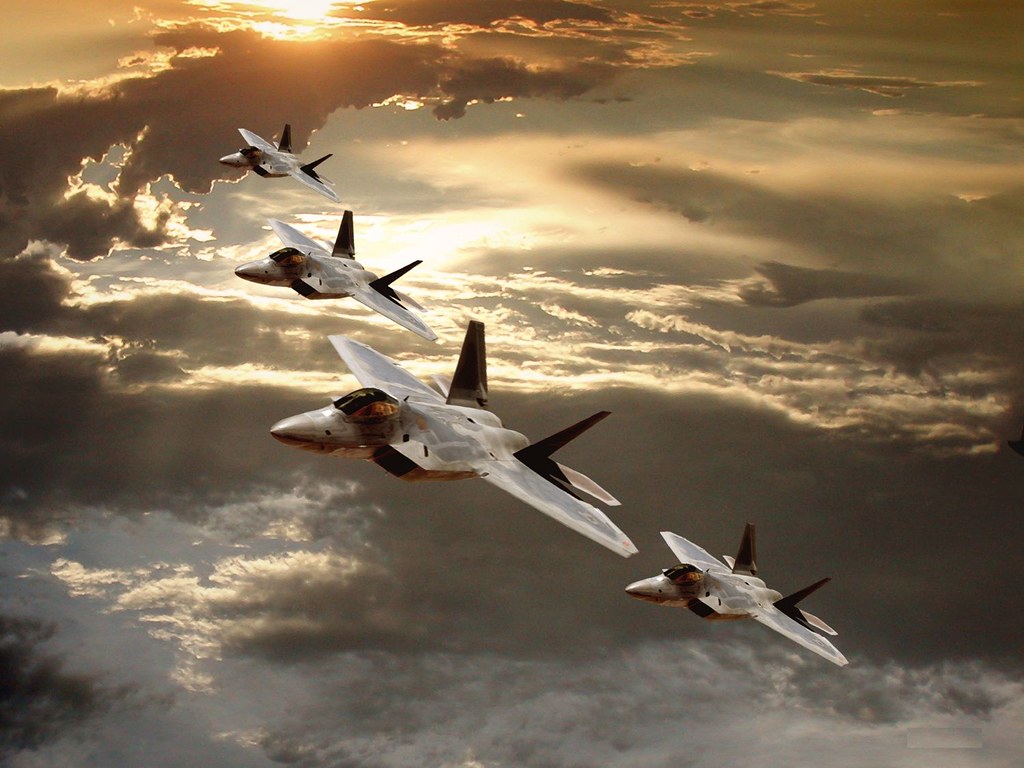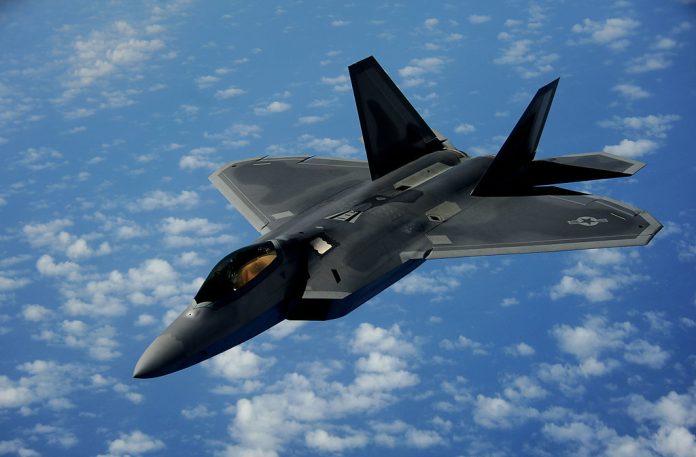
The F-22 Raptor, America’s premier air superiority fighter, represents an unparalleled fusion of stealth, supercruise speed, agility, and integrated avionics. Developed to dominate the skies and execute both air-to-air and air-to-ground missions, the F-22 has played a vital role in upholding U.S. air dominance in the 21st century.

The Raptor’s journey to becoming an operational powerhouse began with the first prototype flight in 1997, leading to its initial operational capability in December 2005. As per the Air Force Fact Sheet, the advanced fighter possesses a combination of sensor capability, integrated avionics, and situational awareness, providing first-kill opportunity against threats.

The Air Force developed a cutting-edge air platform, the F-22, in collaboration with Boeing and Lockheed Martin. Highly lethal and sophisticated, it was unlike anything seen before.It had a “supercruising” speed of 1.8 mach without afterburners, a maximum speed of mach 2, a combat radius of 600 nautical miles, and an endurance of eight hours.

Despite these capabilities, the F-22’s journey has not been without challenges. As detailed in a June 6, 2023, article, the U.S. Air Force Chief of Staff Gen. Charles Q. Brown Jr. indicated plans to reduce the fleet’s fighter jet count to a smaller mix, which may see the F-22 phased out. The reasons are twofold: high operational costs and obsolescence of certain technologies. The F-22’s integrated avionics, once cutting-edge, struggle to mesh with modern networked communication and data-sharing systems.

The Raptor’s combat use underscores its role in contemporary warfare. It didn’t fly its first combat mission until 2014, against an Islamic State command and control facility in Syria. While the F-22 has conducted many ground attacks, its air-to-air combat performance against manned aircraft is largely unproven. In February 2023, Raptors successfully intercepted a Chinese spy balloon near South Carolina and an unidentified object over Alaska.

In the face of new threats and evolving military needs, comparisons between the F-22 and its fifth-generation counterpart, the F-35, are inevitable. Each aircraft brings distinct advantages to the table. While the F-22 remains unmatched in stealth and dogfighting capabilities, the F-35 excels in range, durability of its stealth components, and its electronic warfare systems.

Yet, the F-22’s contributions cannot be understated. During Exercise Northern Edge 2006, it demonstrated an astounding 108-to-zero “kill” ratio against the best F-15, F-16, and F-18 adversaries, highlighting its tactical prowess. The National Aeronautic Association recognized the F-22 with the prestigious 2006 Robert J. Collier Trophy for its exceptional performance and safety features.

The U.S. Air Force is still assessing its fleet composition, with the F-22 Raptor’s reputation as a powerful air superiority fighter remaining intact. Its exceptional performance and technological advancements have established a high standard for upcoming combat aircraft.
related images you might be interested.








